Full Head vs Half Head Highlights in 2026: Your Complete Guide to the Colour Transformation
It's official, the conversation around hair highlighting has never been more nuanced or exciting. With 87% of salon clients now opting for customised colour services over one-size-fits-all approaches, the debate between full head and half head highlights has evolved into something far more sophisticated than a simple choice between "more" or "less" coverage.
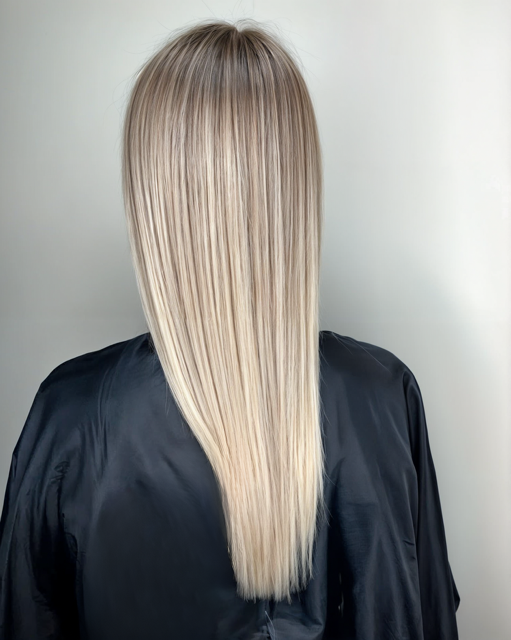
Whether you're dreaming of that effortless sun-kissed glow or planning a dramatic blonde transformation that'll have everyone asking where you've been on holiday, understanding the intricacies of highlighting techniques has become essential for achieving your perfect look.
The Full Head Revolution: Maximum Impact, Maximum Glamour
Full head highlights represent the pinnacle of hair transformation. This comprehensive approach covers every section of your hair from crown to nape, front to back, creating a multi-dimensional masterpiece that catches light from every conceivable angle.
What makes full head highlights particularly compelling is the advancement in application techniques. Modern stylists are combining traditional foiling with innovative methods like airtouch and precision sectioning to create highlights that appear both uniform and naturally varied. The result? Hair that looks like it's been kissed by the Mediterranean sun for months, not hours.
The commitment level is significant – expect maintenance appointments every 6-8 weeks to keep your colour looking fresh. However, the payoff is extraordinary. Full head highlights work beautifully for dramatic colour changes, whether you're transitioning from brunette to blonde, adding platinum streaks to ash hair, or incorporating creative colours like rose gold or champagne tones.
Half Head Highlights: The Art of Strategic Placement
Half head highlights focus on the crown, temples, and face-framing sections whilst leaving the underneath layers in their natural state. This technique has gained tremendous popularity due to its versatility and lower maintenance requirements.
The genius of half head highlights lies in their strategic placement. By concentrating lighter tones around the face and through the top layers, you create dimension exactly where it matters most. When your hair moves, these highlights peek through naturally, creating that coveted "expensive hair" look without the full commitment.
Maintenance extends to 10-12 weeks between appointments, making half head highlights perfect for busy lifestyles or those testing the highlighting waters for the first time. The technique also allows for seamless grow-out, as the natural hair underneath provides a beautiful contrast that actually improves with time.
Technique Innovations Shaping Today's Highlighting Landscape
Airtouch Technology has revolutionised the highlighting game. Using controlled airflow to separate hair strands, this technique creates incredibly soft, blended results that appear completely natural. The method works exceptionally well for both full and half head applications, particularly on fine or damaged hair.
B2B (Back-to-Back) Highlights involve placing foils with minimal spacing for maximum coverage and brightness. This intensive technique is perfect for achieving those ultra-bright, social media-worthy blonde results that continue to dominate the hair scene.
Precision Balayage combines the freehand artistry of traditional balayage with mathematical precision. Stylists now use golden ratio calculations to determine optimal placement, creating highlights that genuinely enhance your facial features and bone structure.
Current Colour Trends
The colour palette for highlights has expanded dramatically. Whilst classic blonde variations remain popular, we're seeing increasing demand for:
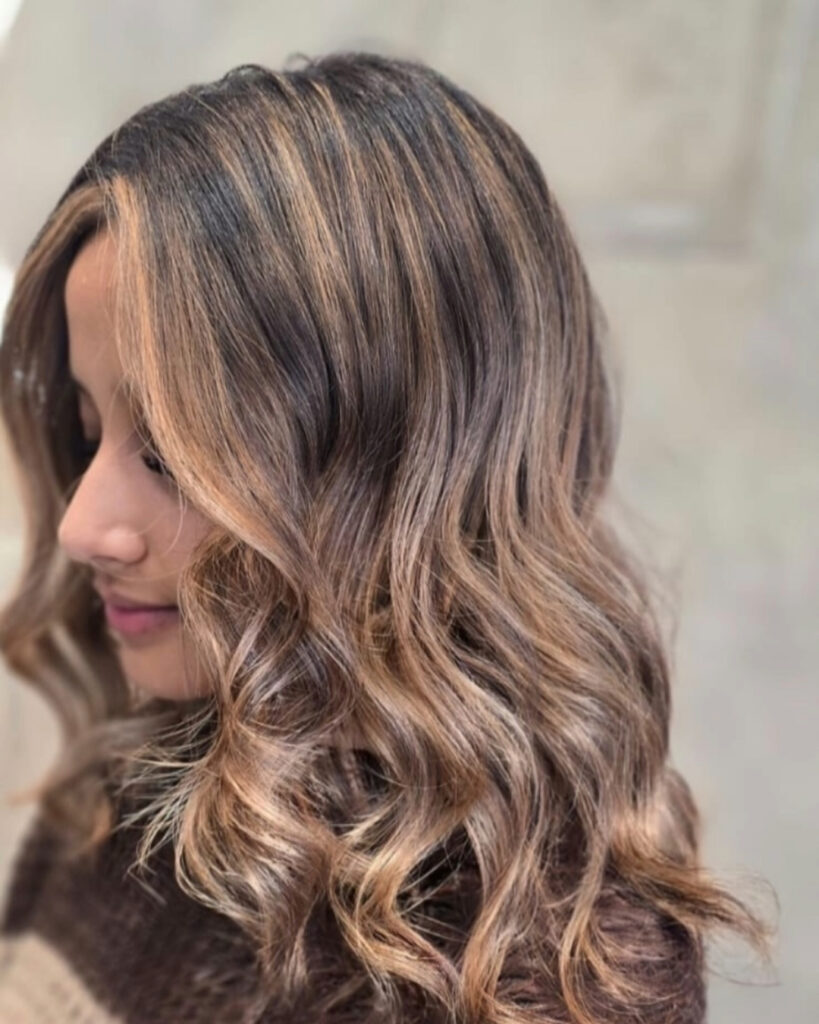
Warm Caramel Complexes: Rich, honey-toned highlights that add warmth without overwhelming natural brunette bases.
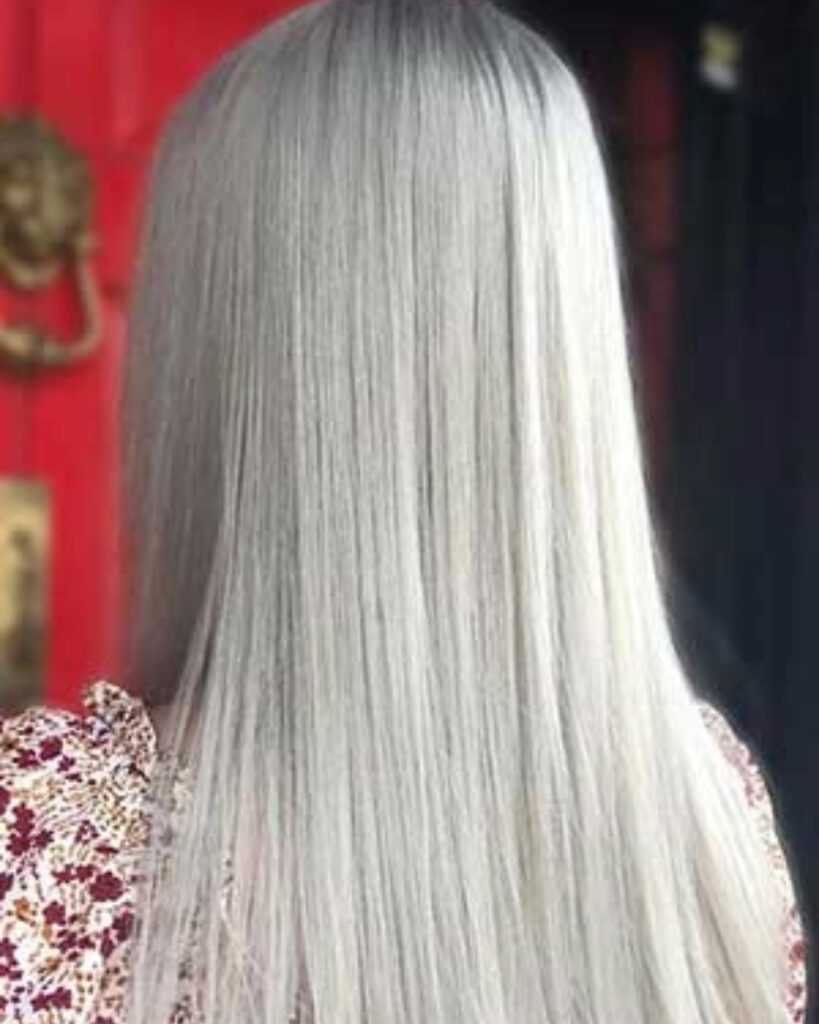
Platinum Precision: Ultra-light, almost white highlights that create stunning contrast against darker roots.
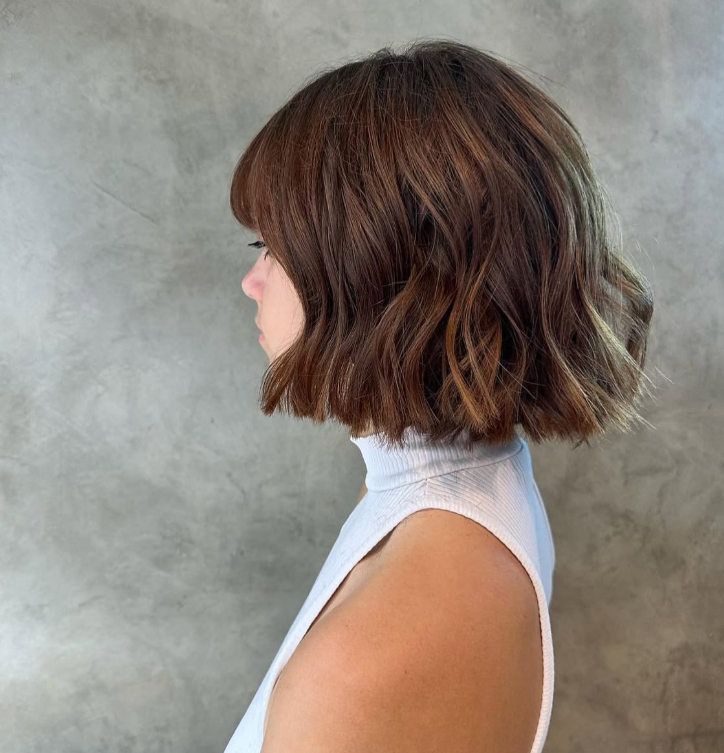
Lived-in Brunette: Subtle mocha and chestnut highlights that enhance natural brown tones for effortless sophistication.
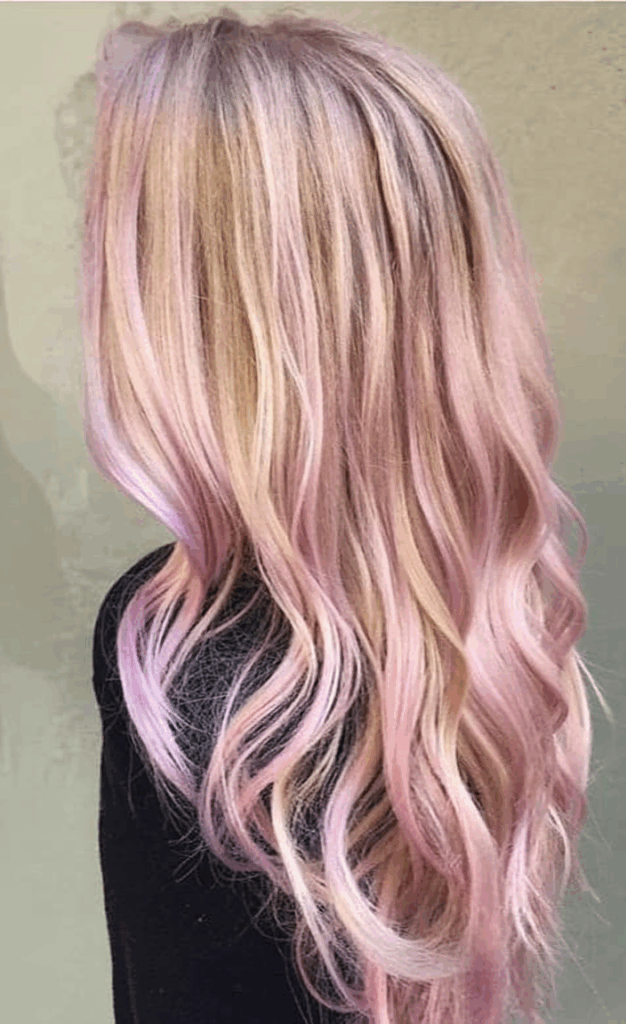
Creative Expressions: Pastel lavenders, soft pinks, and sage greens woven subtly through traditional highlight patterns.
Making Your Decision: Full vs Half Head
Your choice ultimately depends on several key factors that have become increasingly important in modern hair colouring:
Lifestyle Compatibility: Consider your maintenance schedule, daily styling routine, and professional requirements. Full head highlights demand more frequent touch-ups but offer complete transformation.
Hair Health: Damaged or chemically treated hair often responds better to half head highlighting, which allows for gradual colour building whilst preserving hair integrity.
Personal Style Evolution: Are you making a dramatic style statement or enhancing your natural beauty? Full head highlights suit bold transformations, whilst half head options perfect your existing look.
Budget Considerations: Half head highlights typically cost 30-40% less initially and require less frequent maintenance, making them more budget-friendly long-term.
The Toning Revolution
Perhaps the most significant advancement in highlighting is the evolution of toning techniques. Modern toners aren't just about eliminating brassiness, they're about creating bespoke colour stories that complement your skin tone, eye colour, and personal aesthetic.
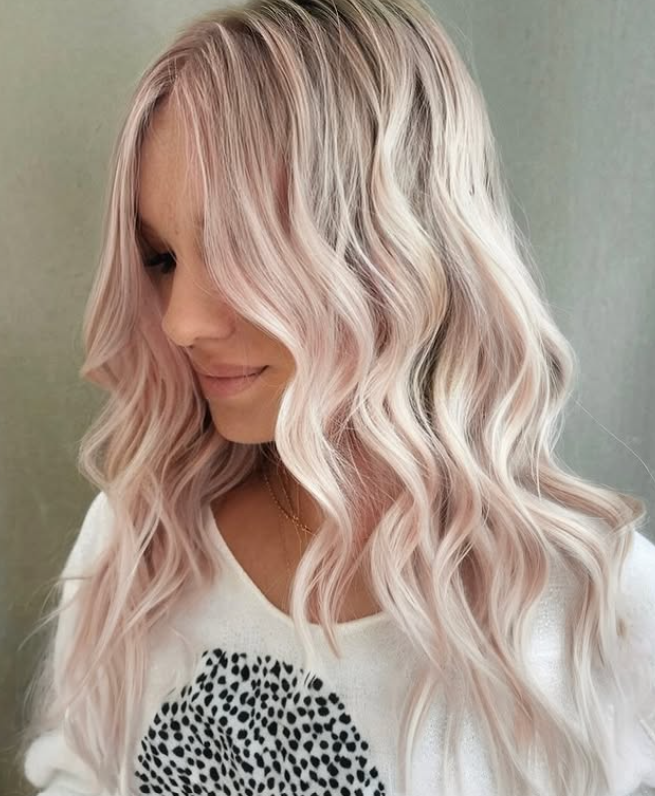
Plant-based, organic toning systems have become the gold standard, offering superior colour retention whilst maintaining hair health. These advanced formulations can transform highlights from merely "blonde" to specific shades like "autumn wheat," "Nordic ice," or "golden hour glow."
Maintenance Mastery
Successful highlighting extends far beyond the salon chair. At-home maintenance has become an art form, with purple shampoos giving way to more sophisticated colour-depositing systems that actually enhance your highlights between appointments.
Professional treatments like Olaplex have evolved too, with new formulations specifically designed for highlighted hair that rebuild bonds whilst maintaining colour vibrancy. These treatments are now considered essential rather than optional for anyone with chemically lightened hair.
